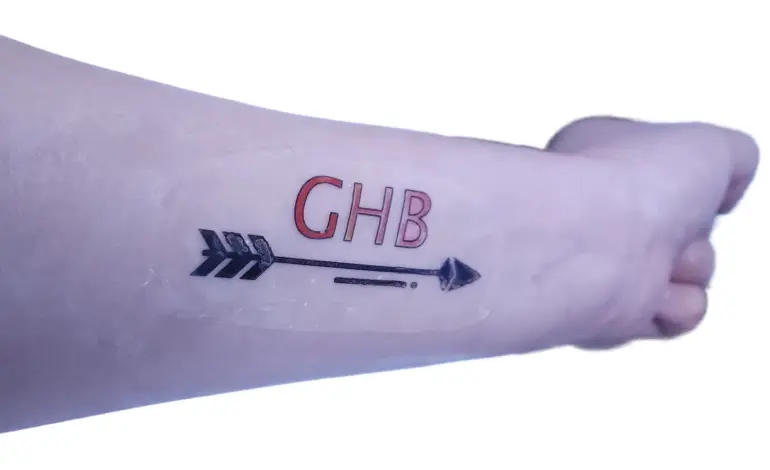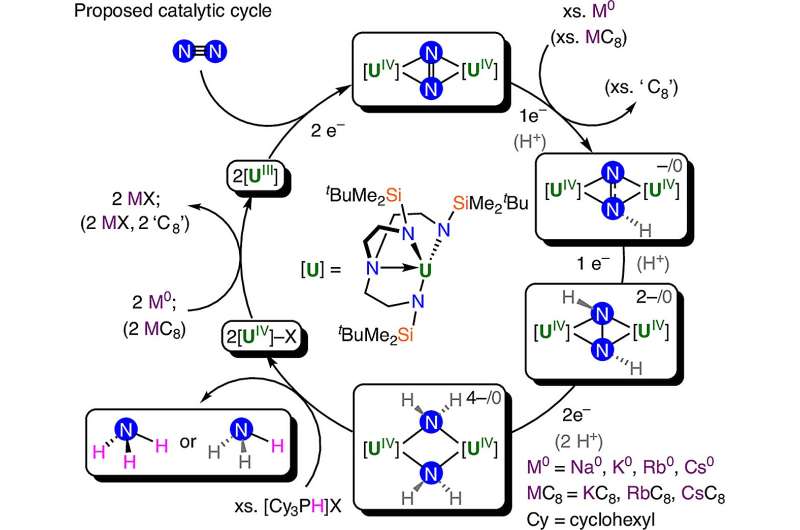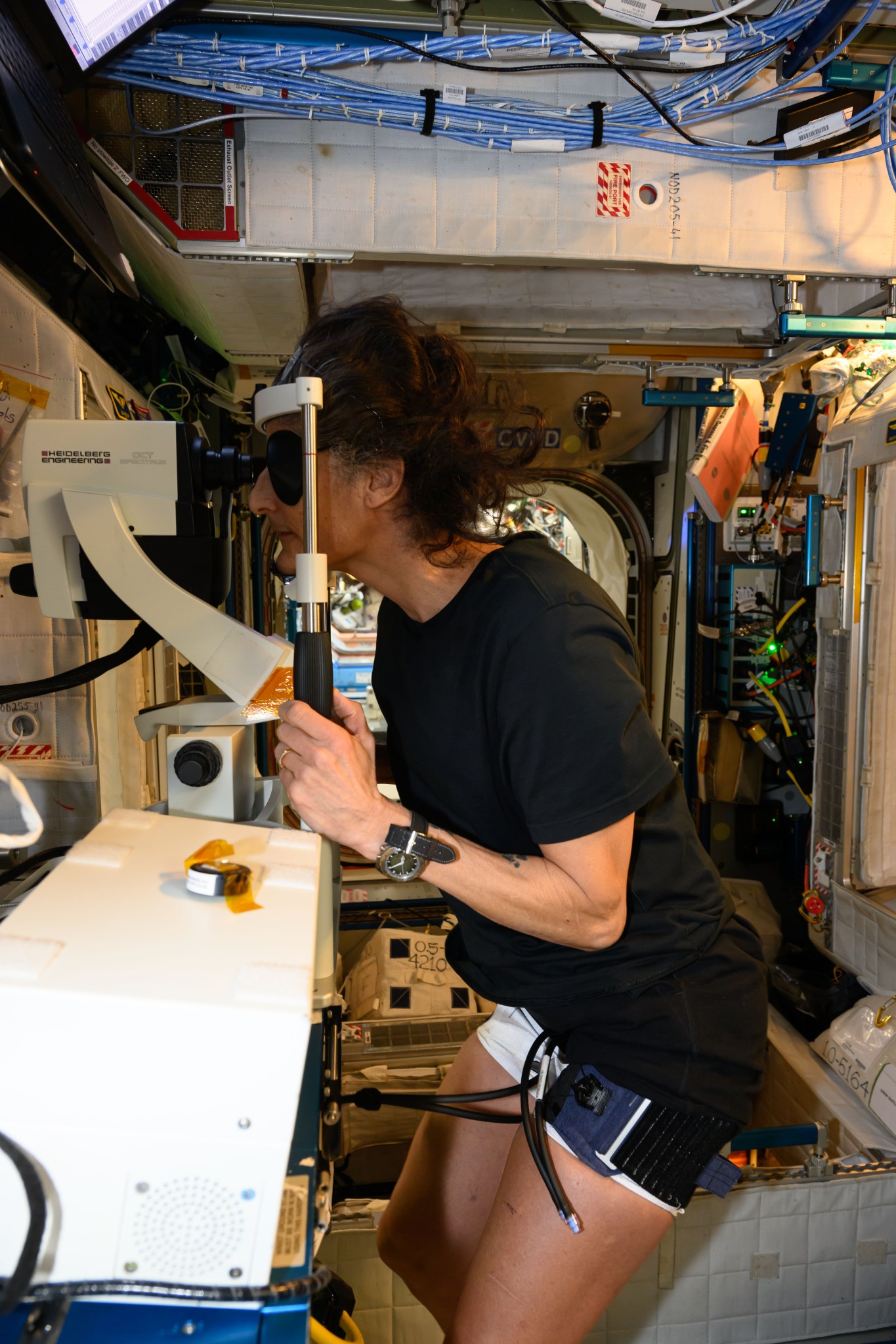Temporary Tattoo Detects Date Rape Drugs in Just One Second

A team of scientists from Sungkyunkwan University in South Korea has developed an innovative temporary tattoo that can detect date rape drugs in just one second. This breakthrough aims to address the ongoing problem of drug-facilitated sexual assaults, which often involve substances like GHB (gamma hydroxybutyrate), ketamine, and Rohypnol being secretly added to drinks.
The challenge with these drugs lies in their odorless, tasteless, and colorless nature, making them difficult to detect without specialized equipment. Traditional methods, such as test strips and cards, can take several minutes to deliver results, which may deter individuals from using them in critical situations.
To create a more user-friendly option, the research team designed a temporary tattoo, essentially a skin sticker, that can be easily applied to the forearm or other accessible areas before a night out. Users simply dip a finger into their drink and transfer a drop of liquid onto the tattoo. If trace amounts of GHB are present, the tattoo will change color from yellow to red within one second, providing immediate feedback. This rapid response allows individuals to make informed decisions in potentially dangerous situations.
The tattoo is made from a flexible, adhesive-backed polymer known as polydimethylsiloxane (PDMS). The graphics on the tattoo are composed of a gel containing a chemical called 2-(3-bromo-4-hydroxystyryl)-3-ethylbenzothiazol-3-ium iodide (BHEI), which is responsible for the color change when it comes into contact with GHB.
In addition to its immediate functionality, the tattoo retains the red coloration for up to 30 days after being applied, which could serve as evidence in legal proceedings. Laboratory tests have shown that the prototype can withstand twisting, stretching, water exposure, and abrasion, while still detecting GHB concentrations as low as 0.01 micrograms per milliliter in various beverages, including whiskey, vodka, beer, and coffee.
The researchers state, “Our GHB detection tattoo sticker can be used as a crucial tool in preventing DFSAs [drug-facilitated sexual assaults] by offering a proactive solution for GHB detection and empowering potential victims to safeguard themselves.” Their findings were published in ACS Sensors, a journal of the American Chemical Society.
This development not only represents a significant step forward in personal safety technology but also highlights the urgent need for effective measures to combat sexual assault. With this temporary tattoo, individuals may gain a powerful tool in the fight against drug-facilitated crimes, enabling them to take control of their safety in social situations.






